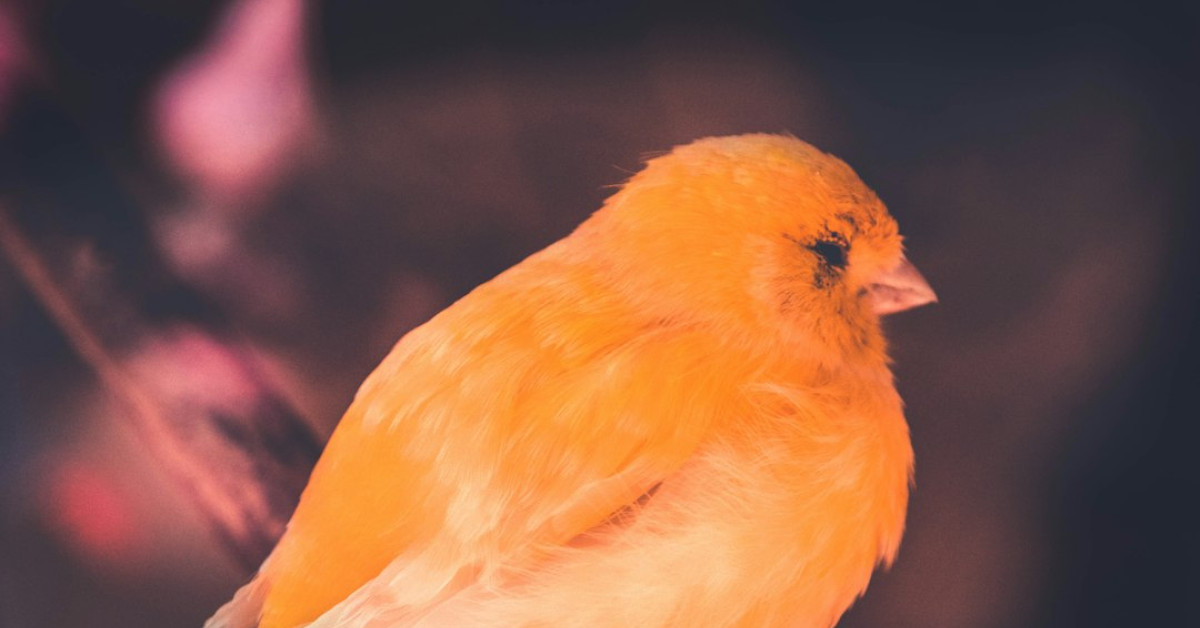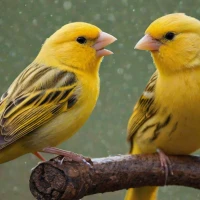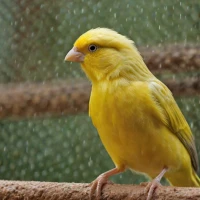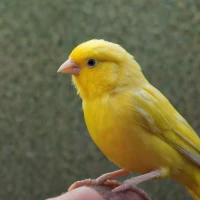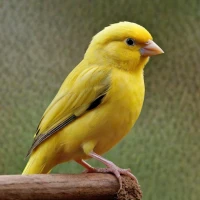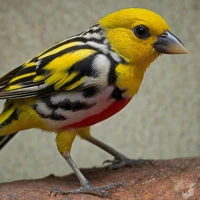My Journey with the Bernois Canary
Oh boy, do I have a story for you. Not too long ago, I stumbled upon a gem—the Bernois Canary. You know, life’s funny sometimes. I was just walking around a local pet shop with my friend, Lisa (she’s always up for some new adventure), when I heard this melodious chirping that seemed to transport me to a serene, otherworldly place. It felt like nature’s own symphony. I followed the sound and there it was—a Bernois Canary.
What Makes the Bernois Canary So Special?
Bernois Canaries aren’t just any birds. Originating from the Bern region in Switzerland, they’re renowned for their striking appearance and mesmerizing song. I remember the first time I held one, its feathers were so soft, like holding a little puff of cloud. And those colors—oh man, they sparkle more than the afternoon sun on a clear lake. If you’re looking for a pet that’s both visually stunning and audibly delightful, this is it.
Historical Background: A Brief Dive
Canaries have a rich history, tracing back to the 15th century when European sailors brought them from the Canary Islands. But the Bernois Canary? It’s a breed apart. Developed over generations, selective breeding in Switzerland honed their unique characteristics. Fun fact: did you know that canaries were once used in coal mines to detect toxic gases? Crazy, right? The Bernois, however, were bred for beauty and song, not work.
The Physical Characteristics
The Bernois Canary is not just about the song. It’s about those eye-catching physical traits. They typically have a yellow or greenish hue, often with intricate patterns on their feathers, making each of them look like tiny masterpieces. When I look at my Bernois Canary, Max, I’m reminded of painting masterpieces in a bird-sized forgery.
Size and Shape
They’re small birds, around 5-6 inches in length. Their slender bodies, perched on delicate legs, make them seem almost ethereal. I often joke with Lisa that they’re the ballerinas of the bird world, gracefully hopping and flitting around.
Feather Quality
Feather quality? Top-notch. They have dense, soft plumage that’s resistant to cold, a nod to their Swiss origins no doubt. Imagine petting a cloud—that’s what it feels like.
The Melodious Song: A Serenade for the Soul
Ah, the song. That’s what hooked me in the first place. Bernois Canaries are known for their complex and varied song patterns. It’s not just music; it’s art. Often, when I work from home, I have Max nearby. His singing somehow makes even the most mundane tasks bearable. 🐦
The Science Behind the Song
Studies show that canaries possess a sophisticated vocal apparatus, enabling them to produce such a wide range of sounds. Quick random fact: Canaries have a special part of their brain called the HVC that controls their song learning. This makes each bird’s song slightly unique.
Caring for Your Bernois Canary
Taking care of these little guys isn’t a walk in the park. You gotta be committed. I remember the early days with Max; it was like having a new baby in the house. Feeding, cleaning, ensuring the perfect environment—it was a lot, but oh so worth it.
Cage Setup
You need a spacious cage—no skimping here. These birds are active. Max’s favorite activity is hopping from one perch to another, and he’s got quite a few. Plus, sprinkle in some toys for mental stimulation. Ever seen a bird play with a mirror? Adorable.
Diet and Nutrition
A balanced diet is crucial. They love seeds but need fruits and veggies too. Every morning, I slice up apples and carrots for Max. His excitement is palpable; it’s like I’m serving up a gourmet meal.
Social Interaction and Training
Bernois Canaries thrive on interaction. They may not need the same level of attention as a dog, but they enjoy company. I chat with Max daily, and over time, he’s picked up quite a few sounds. Did you know these birds can be trained to mimic certain sounds? Patience is key, my friends.
Training Tips
Start with simpler tasks. I began by encouraging Max to come to a particular perch when called. Praise and treats work wonders. It’s a slow process, but the rewards—amazing.
Health Concerns: Keeping Your Bird Fit
Health is paramount. Regular check-ups with a vet (hey, that’s me) are essential. Max once had a slight respiratory issue. Quick action and medication got him back to his chirpy self in no time.
Common Ailments
Watch out for mites and respiratory issues. A clean environment reduces these risks substantially. Also, don’t overcrowd the cage; stress can lead to health problems.
Vaccination and Vet Visits
Routine health checks ensure your bird remains in peak condition. A bit of a hassle maybe, but better safe than sorry, right?
My Final Thoughts
In closing, owning a Bernois Canary like Max has been a rewarding journey. It’s not just about having a pet; it’s about adding a delightful melody and splash of color to your life. If you’re contemplating getting one, just do it. You won’t regret the endless song and the subtle companionship.
Thank you for hanging out with me. Whether you’re a bird enthusiast, a curious reader, or just passing by, I hope this little journey through my experience with Bernois Canaries has brought a smile to your face. Keep your spirits high and chirp on! 🌻
Catch you later!
